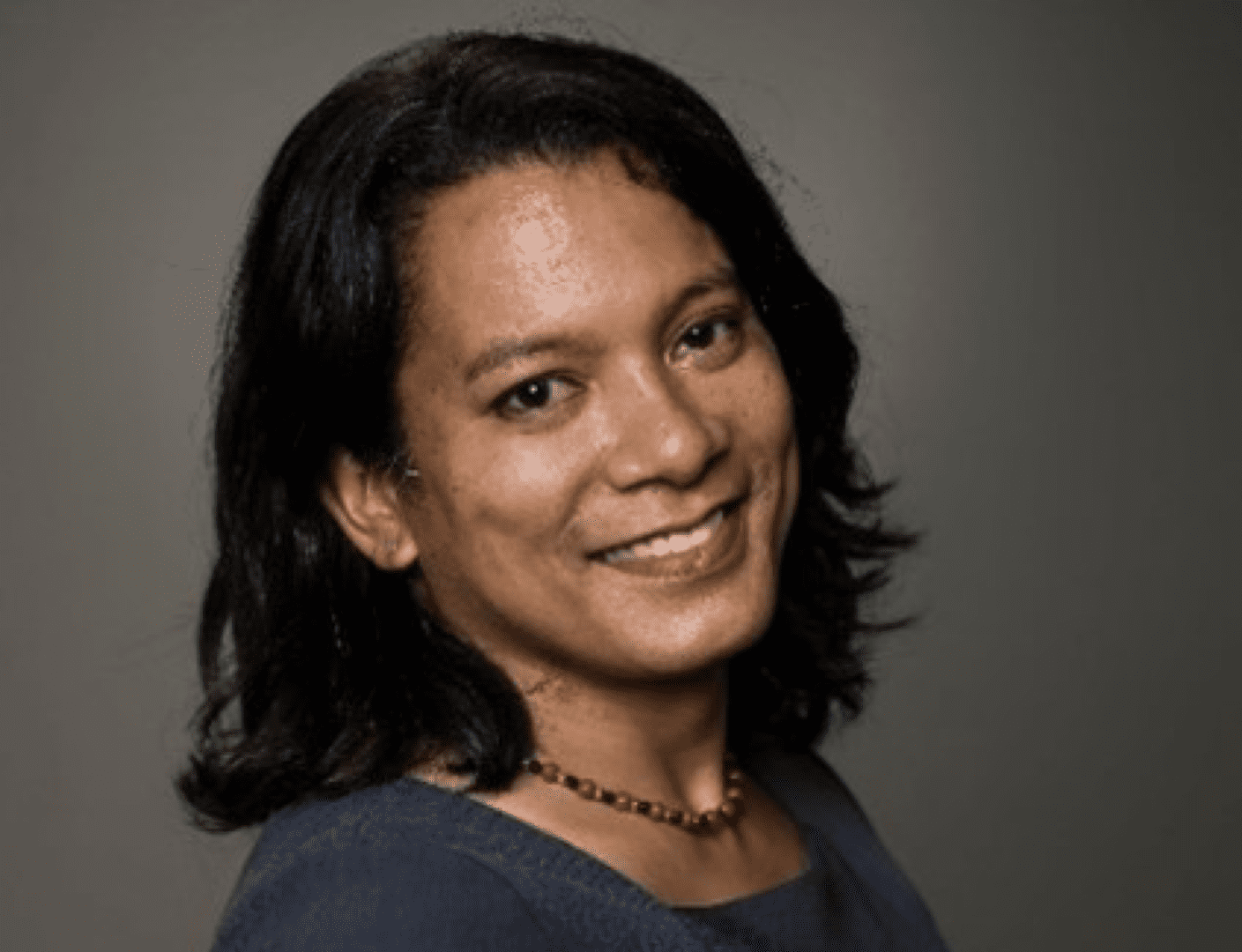Following the MinneWiADs Women in Analytics & Data Science Virtual Conference, Cate DelaCruz, Senior Director of Analytics at Protecdiv, shares her top takeaways from the event with Big Data and Machine Learning remaining lead topics. Cate also discusses the experiences shared by some of the female leaders, and why conferences like this, which are open to all, are important.
On October 30, MinneAnalytics, a non-profit organization serving the data science and emerging technology community in Minnesota, hosted its inaugural MinneWiADS Women in Analytics & Data Science Virtual Conference. This excellent event, which markets itself for those who identify as women and non-binary, brought together leaders, experts, and anyone interested in analytics to share knowledge and build networks.
In an industry that is very heavily male, it was an inspiring opportunity for female leaders within the field to share their experiences about progressing their careers. One of the highlights was the ability to network with women from across the US. A brilliant aspect of the event was that it devoted a virtual space to pairing attendees who had indicated a desire to build their network on a random basis, allowing anyone – irrespective of seniority, gender or industry – to engage and learn from others.
Cytokine Storms
One of the key topics discussed was the view that big data and machine learning are no longer curiosities, but are now essential for business. This particularly came into play during one of the talks conducted by Teradata on using advance analytics to predict the onset of a Cytokine Storm. The conversation focussed on the use of identifying cytokine storms in conditions and viruses such as COVID-19 in the early stages of the virus to treat patients before cases become life threatening.
Research literature scraping
Another key talk from the event was on organising information from research literature using graph databases. This was particularly interesting in illustrating how data analysts are ‘scraping’ research literature and instead using graph databases to identify trends and using these to forecast where certain industries/markets will be in five to 10 years’ time. For insurance, this use of data science and analytics would be beneficial in identifying where risks in a certain book of business may arise as well as exposures insurers or reinsurers may have.
Remote sensing data
The talk that had the most impact on my work as Senior Director of Analytics at Protecdiv was the discussion on artificial intelligence and remote sensing data – which is used in property and casualty re/insurance. The session covered how remote sensing data is being used in deforestation and using analytics to develop methodologies on how to combat it with an eye towards policy.
Inspirational leaders
It was amazing to hear people of the caliber of Dr Lindsey Dietz, Financial Economist at the Federal Reserve Bank of Minneapolis, and Dr Denise Gosnell, Chief Data Officer at DataStax talking about topics as fascinating as data stack in graph theory and its applications.
The conference was a brilliant opportunity to network with women at the very top of profession and to hear presentations from them on some of the leading theories and applications in the data science and analytics field. It was an inspirational event that enabled attendees to network with peers, build contacts, and to hear from leading women on how to forge successful career s in a male dominated industry.

